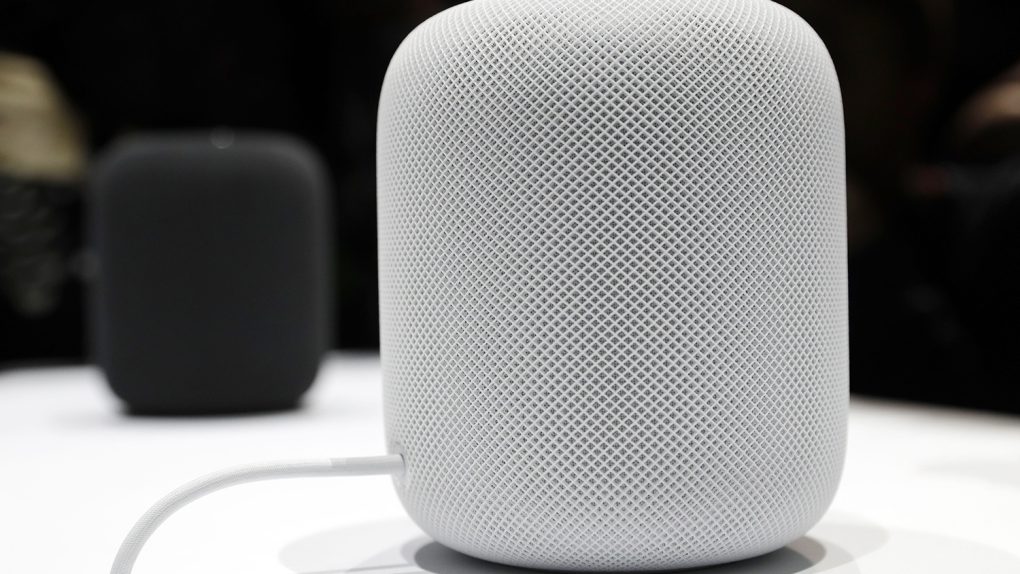The HomePod, a $349 smart speaker that signaled Apple’s opening salvo in the war against Amazon Echo and Google Home, is off to a bad start. Despite reviews that stressed fantastic sound from such a small speaker, the HomePod failed to sell out, likely hurt by a poor voice assistant and a lack of standard features like multi-room pairing.
To make bad things even worse, it was revealed last week that the speaker can leave a white ring on some wooden surfaces. Apple tried to downplay the issue, saying that it’s ‘not unusual‘ for a speaker to do that, but by that point, the ‘Ring of doom’ narrative was already too strong.
Apple’s statement made it seem like nothing was out of the ordinary. “It is not unusual for any speaker with a vibration-dampening silicone base to leave mild marks when placed on some wooden surfaces,” the company said in an updated support article for the HomePod. “The marks can be caused by oils diffusing between the silicone base and the table surface, and will often go away after several days when the speaker is removed from the wooden surface. If not, wiping the surface gently with a soft damp or dry cloth may remove the marks. If marks persist, clean the surface with the furniture manufacturer’s recommended cleaning process. If you’re concerned about this, we recommend placing your HomePod on a different surface.”
But according to industrial design specialists contacted by Business Insider, the problem was indeed “unusual,” and a lack of attention to detail was the culprit:
“I’m actually very surprised,” said Cesar Viramontes, a Senior Industrial Designer at Y Studios, a San Francisco based firm that has worked on everything from TV set top boxes to digital picture frames. Viramontes, who has worked on numerous speakers in the past, said it’s not an issue he’s encountered before.
“They didn’t test the product enough and in the right variety of circumstances, especially considering that a wood surface is a very likely support for the product,” said Ignazio Moresco, a product design expert who has worked at frog design, Microsoft and Ericsson.
“They should have caught the issue if they followed a rigorous QA process,” he said, referring to the quality assurance process that hardware makers put new products through to ensure that they are consumer-ready.
That’s the bad news. The good news is that it might be an easy fix:
Apple may need to “re-tool” the manufacturing process since silicone is manufactured using a different process than the other kinds of elastomer,” said Berkowitz. If that’s necessary, the process could take anywhere from two weeks to six weeks, he noted.
“It’s an issue, but I think it’s probably going to be one that’ll be corrected in the next round of manufacturing,” said Y Studios’ Viramontes. “I think it will be a minor issue, and people will probably forget about it in the next couple of months when it goes away.”
At this point, the damage is likely done for Apple. Anyone who already owns a HomePod (or is thinking about buying one) will use a coaster, regardless of whether or not Apple “fixes” the problem. The stains from the HomePod were never really the problem — it’s a simple issue to work around, even for the small number of customers affected — but it’s the fact that Apple seemingly didn’t know about the problem that made it embarrassing.










